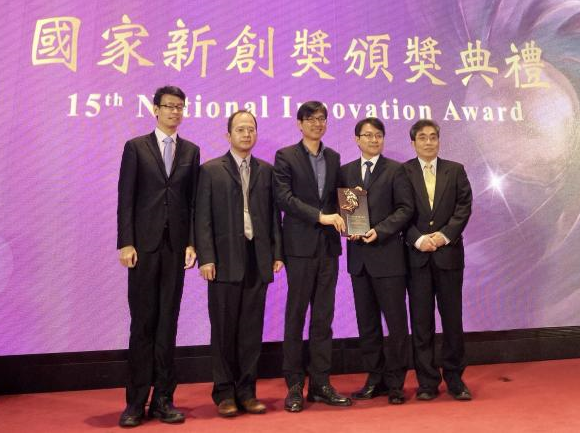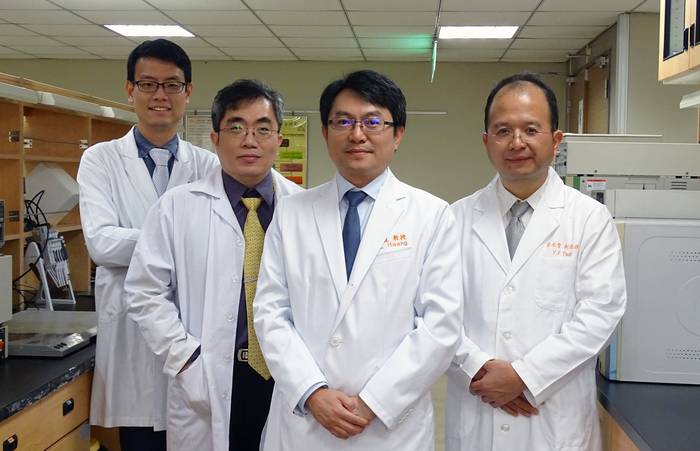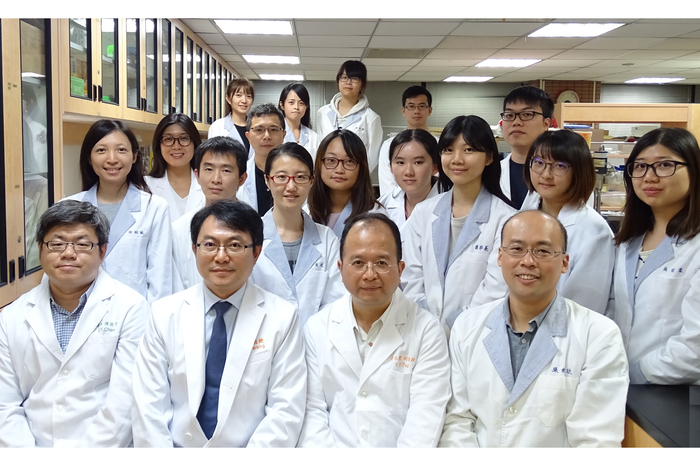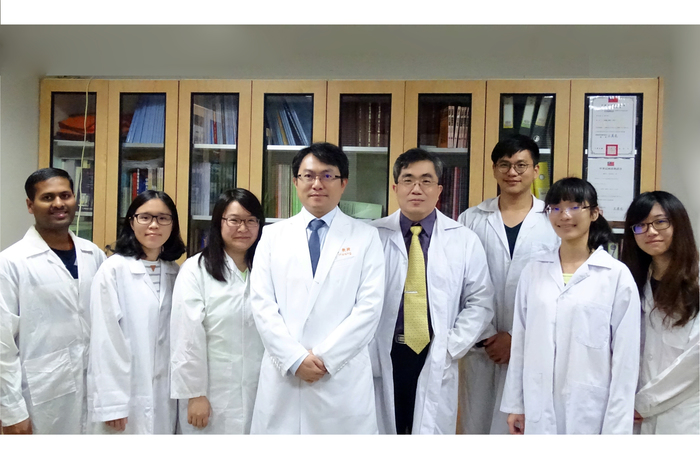The 15th National Innovation Award: Development of New Drugs for Psoriasis and Lung Diseases Treatment




The 15th National Innovation Award: Development of New Drugs for Psoriasis and Lung Diseases Treatment
Prof. Tsong-Long Hwang, School of Traditional Chinese Medicine, College of Medicine
Chang Gung University, Chang Gung University of Science and Technology, and Chang Gung Memorial Hospital developed a new technology by integrating medical knowledge and clinical experience over the years. This technology is used to treat neutrophils inflammatory reactions and formyl peptide receptor 1, FPR1-induced diseases such as psoriasis and lung diseases. FPR1 can lead to severe activation of neutrophils, resulting in the above-mentioned diseases. However, there are currently no drugs for inhibiting FPR1 in clinical practice. Therefore, international pharmaceutical factories and biotechnology companies are committed to drug development and patent application for FPR1 antagonists. The team has been committed to neutrophil research for many years, developing FPR1 inhibitors, and successfully establishing a platform for rapid and stable FPR1 drug development.
The core R&D team members of this technology are Professor Tsong-Long Hwang, who is a professor of the Graduate Institute of Natural Products of Chang Gung University and the dean of the College of Human Ecology of Chang Gung University of Science and Technology, Professor Pei-Wen Hsieh, professor of the Graduate Institute of Natural Products, Dr. Yung-Fong Tsai of the Department of Anesthesia of Chang Gung Memorial Hospital, Dr. Ting-I Kao of the Department of Traditional Chinese Medicine of Chang Gung Memorial Hospital, Yin-Ting Huang and Chih-Hao Hung, postgraduate students of the Graduate Institute of Natural Products of Chang Gung University. The team successfully filtered out several potential compounds and natural substances that affect FPR1 activity by using the FPR1 drug development technology platform, and has obtained patents for multinational application and chemical synthesis. These potential compounds and natural substances have reached the stage of trial production. In vitro experiments of human neutrophils, they have been shown to have anti-inflammatory pharmacological effects. Furthermore, they have been shown to be effective in the treatment of acute respiratory distress syndrome and psoriasis in mice experiments. Moreover, they will not lead to liver and kidney dysfunction of the mice. In addition to the two diseases mentioned above, potential FPR1 antagonist drugs may be used in the treatment of chronic obstructive pulmonary disease, asthma, pulmonary fibrosis, arthritis, atopic dermatitis, systemic lupus erythematosus, sepsis and other related diseases too. At present, we are actively seeking cooperation with vendors for industry-university cooperation or usage of authorization platform and seeking partners to promote the subsequent clinical human trial.